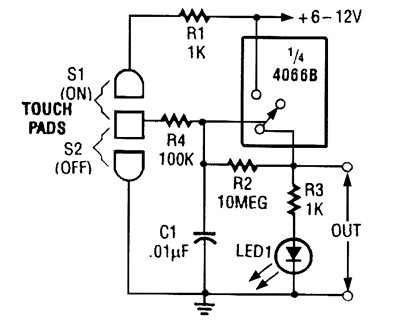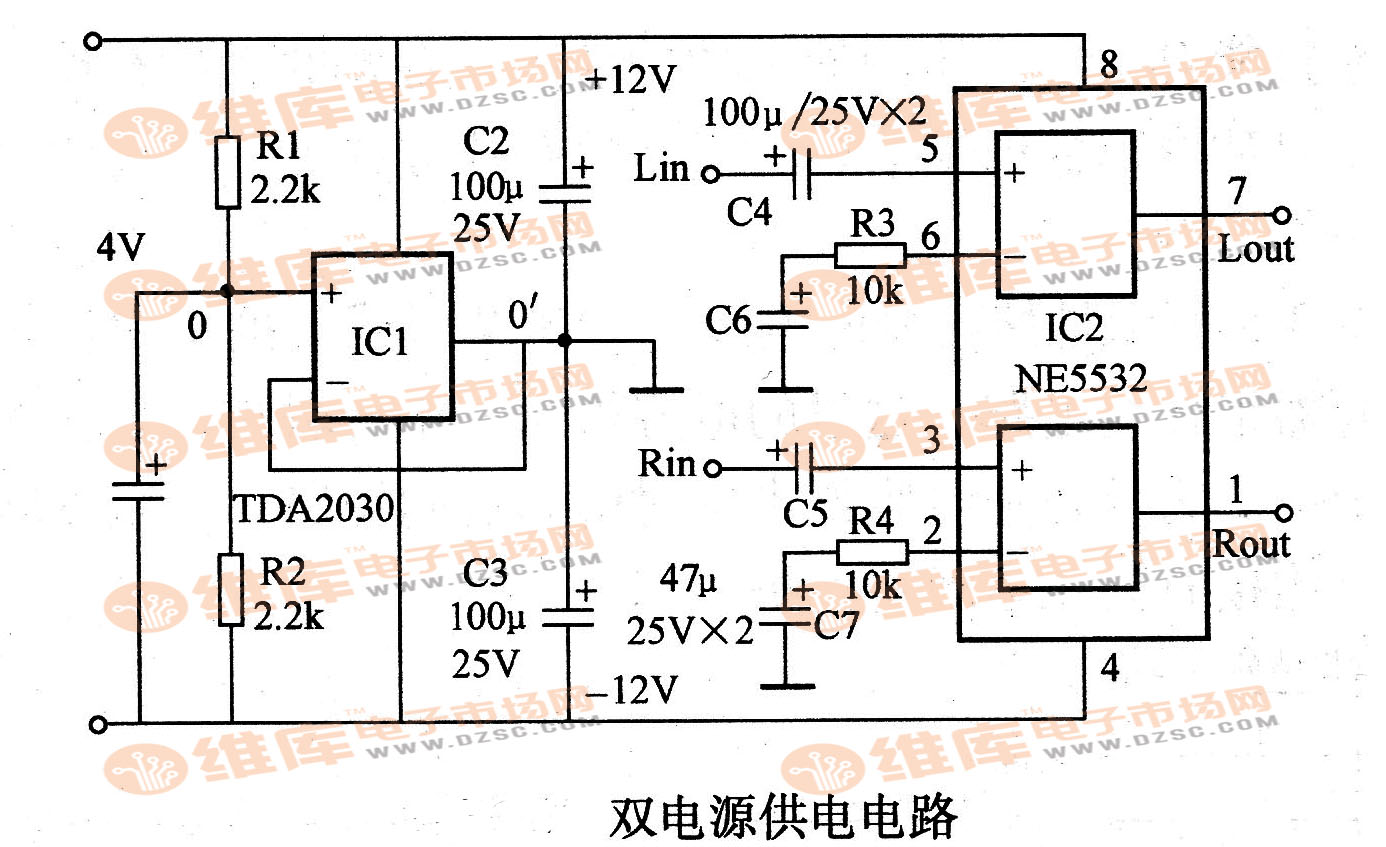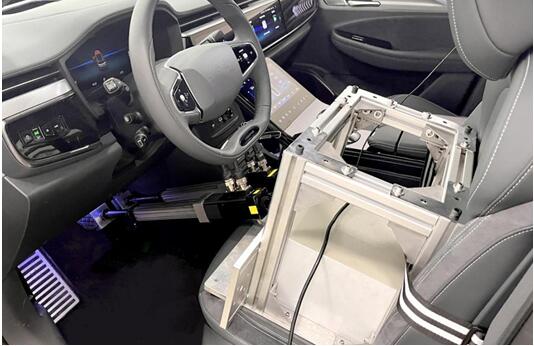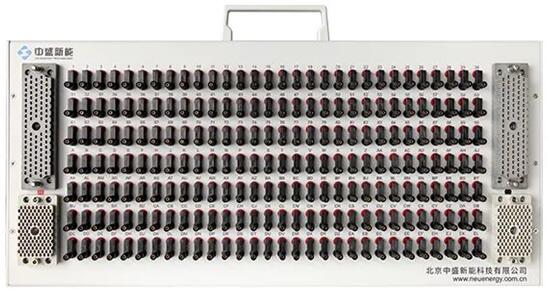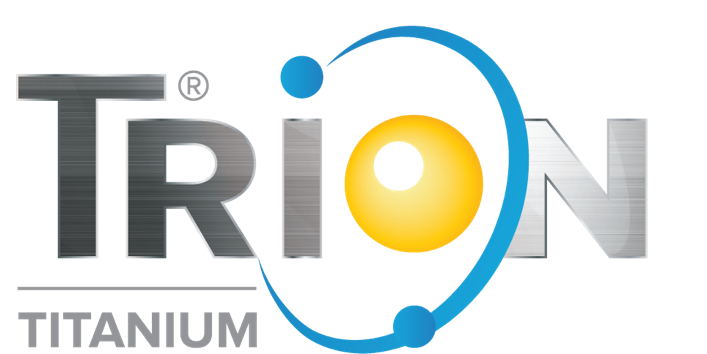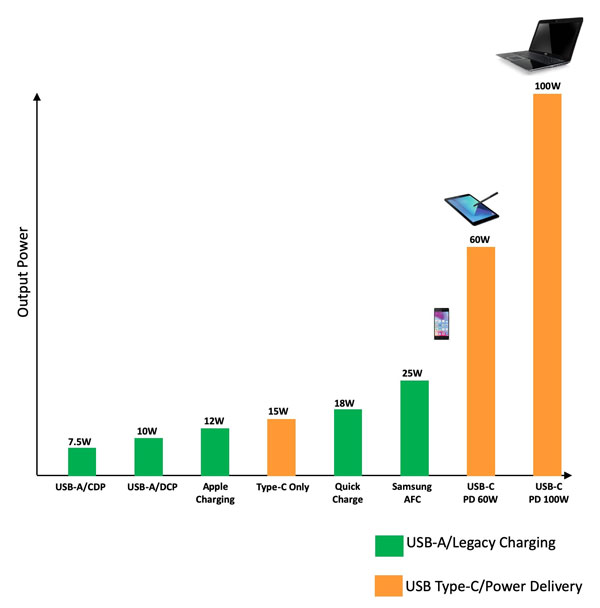Plotting the Future of Mobile Digital Video Recorder: A Case Study on Archos and TI
By Guillaume Coffinier, Marketing Manager, Portable Audio and Infotainment
Texas Instruments
It has been nearly five years since the first portable media players hit the market. Coming into the new millennium, many companies turned their focus to begin developing Flash-based digital music players. Archos, however, was several steps ahead of this new market, and instead introduced in 2001 the world's first hard disk drive (HDD)-based Portable Video Recorder (PVR).
In hindsight, it is clear that the enhanced features of the original PVRs were essential to the expansion of the digital audio market. However, back in 2002, when the digital audio market was still gaining mass-market acceptance on its own and consumers had only begun to learn what an “MP3” was, designing a device that was dependent on an HDD and focused on video/imaging was a risky undertaking, considering it was larger and more expensive than audio Flash-based devices. However, Flash modules could contain only a small sampling of a user's available music, and never more than a few image files or brief video clips, if they even had the processing power capabilities to decode them. At 10 GB, the HDD on the first Archos Jukebox could contain thousands of songs and images, as well as complete movies. Early adopters quickly embraced Archos' insight, leading Archos to release a 20 GB device with 3.8” screen and a module to record TV in real time within months.
As the MP3 revolution progressed in the years that followed and TiVo was introduced worldwide, consumers began to understand the true meaning of "any content, anytime" and realize the possibilities that a multifunctional, mass-storage device could enable in both the home and portable markets. Because of its early foresight into the direction the portable market would take and its months (if not years) lead over its competition, Archos, with its fifth-generation of players, continues to drive the portable media player market into new territories. The company's tested recipe for success – proven technology, integration, flexibility, advanced functionality and connectivity – has culminated in the AV700, a Mobile Digital Video Recorder with 100 GB HD capacity and key gaming functionalities in addition to TiVo-like capabilities.
Flexible, Flexible, Flexible
Critical to the success of Archos' portable media players is its flexible underlying architecture. Even though performance is a key requirement, multimedia players need agility to adapt to shifting market demands. While the MP3 standard gave the portable audio market its initial technological boost, a variety of new codecs are emerging, improving playback quality while reducing bandwidth. As the bandwidth requirements for a given quality of video are decreasing, the processing horsepower required to decode this content is increasing. Software powerhouse Microsoft continues to drive digital audio and multimedia with its Windows Media Audio (WMA) and Windows Media? Video (WMV) codecs, while other companies are focusing specifically on the Portable Media Player (PMP) video codec market. Developed in parallel to these codecs are other enhanced services, which promise to further expand and propel the PMP market, such as digital rights management (DRM) which enables secure online distribution of content under new and innovative business models.
To accommodate all of the different codecs and other technology enablers in the growing and changing multimedia content market, Archos required a programmable TV centric platform optimized for video, photos and music mobile applications that would not only provide high-quality recording and playback, but also offer sufficient headroom to implement enhanced product-differentiating functionality. Additionally, to help Archos reach the market first, the platform needed to be power efficient, maximizing playback time, as well as having the right mix of peripherals and memory to simplify overall design, keeps device size down and lower system cost. Finally, Archos wanted silicon that was field-proven and could form the foundation for a robust multimedia platform, leading the company to base its core design around Texas Instruments' Digital Media processor family.
By creating a hardware platform based on TI’s programmable architecture, Archos PVRs are compatible with most multimedia standards. Users are not limited to a single content format, but can natively use almost any digital codec available. TI helped match Archos with the proper codec provider through its vast third party partners. Transparent playback eases the user’s worries about file formats and first having to transcode the file from an unsupported codec to a player-compatible codec. By implementing codecs in software rather than relying on a hard-wired silicon engine, Archos devices have been able to stay current longer than comparable devices. For example, users of the first PMP were able to download software upgrades, enabling them to add new functionality to their player that did not exist when they bought the device.
“Archos is a visionary company that knows the mobile multimedia market and what its customers want,” said Henry Crohas, Chief Executive Officer (CEO) from Archos. “Today, the market is on the edge of a completely new era, far beyond simple audio playback. By selecting a flexible platform, we have been able to harness technology to bring our ideas to reality.”
Modularity and Reuse
While many companies are still working on their first PMP design, Archos has been able to keep its competitive edge through five generations by continuing to reduce its time-to-market and engineering investment with each succeeding generation of devices. Archos actively manages a high level of intellectual property (IP) reuse. Instead of each generation being an entirely new design, Archos has been able to build upon its existing code base and designs. Key to achieving such a high level of reuse has been the choice of a programmable architecture backed by TI’s commitment to facilitating effective reuse in successive generations of Digital Media processors.
Many companies rely upon programming the majority of application code in C to ease portability, but C alone is not enough to ensure reuse across generations. From the very start, Archos worked with TI to carefully plan the architecture, partitioning code in such a way that the various tasks a player must perform are separated into independent segments. Utilizing a dual core ARM + DSP solution allowed Archos to implement a software framework that made the most efficient use of available processing power. The division of labor is done based on core performances for certain tasks, but also on what resources are available at a given time.
This has enabled Archos to quickly and efficiently implement new hardware features without extensive redesign. After all, device performance is improved not solely by increasing clock speeds. Through development of new technologies, such as the latest generation process lithography, additional functionality can be integrated onto devices, both in silicon and from a product or application perspective. Today's system-on-chip (SoC) architectures are optimized for multimedia codecs as a whole, providing efficient performance across the broad range of existing and in the works algorithms. As hardware functions, such as the video encoder, connectivity and memory card interfaces are integrated into the architecture, end product size decreases, while improving ever-important battery life.
For example, when TI introduced new SoC versions of its Digital Media processors with integrated acceleration engines and peripherals, engineers at Archos were able to modify code on a modular basis, only changing code where the updated functions were to be used.
相关阅读:
- ...· Efinix® 全力驱动AI边缘计算,成功推出Trion™ T20 FPGA样品, 同时将产品扩展到二十万逻辑单元的T200 FPGA
- ...· 英飞凌亮相进博会,引领智慧新生活
- ...· 三电产品开发及测试研讨会北汽新能源专场成功举行
- ...· Manz亚智科技跨入半导体领域 为面板级扇出型封装提供化学湿制程、涂布及激光应用等生产设备解决方案
- ...· 中电瑞华BITRODE动力电池测试系统顺利交付北汽新能源
- ...· 中电瑞华FTF系列电池测试系统中标北京新能源汽车股份有限公司
- ...· 中电瑞华大功率高压能源反馈式负载系统成功交付中电熊猫
- ...· 中电瑞华国际在电动汽车及关键部件测评研讨会上演绎先进测评技术
- ...· 华芯微国产汽车芯片门电路系列(篇一)
- ...· 华芯微国产汽车芯片CAN收发器系列(篇一)
- ...· 华芯微国产汽车芯片DC/DC转换器系列
- ...· 华芯微国产汽车芯片DC/DC转换器系列
- ...· 华芯微国产汽车芯片运算放大器系列(篇一)
- ...· 华芯微国产汽车芯片MOSFET 驱动器系列(篇一)
- ...· 数据采集终端系统设备
- ...· 简仪科技踏上新征程



